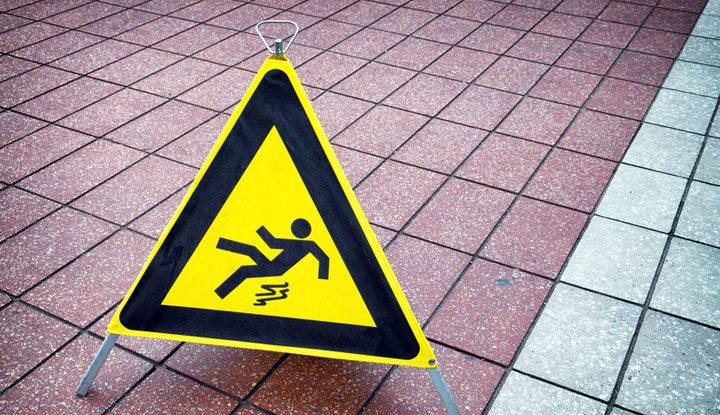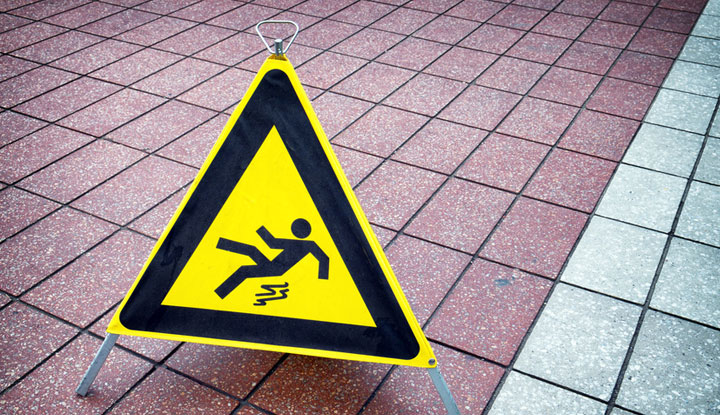For most small business owners, daily operations and growth is an all-consuming task. In that purpose, it is easy to overlook seemingly irrelevant issues, such as workplace health and safety. However, entrepreneurs do have a duty of care for their employees and consumers. Not to mention, an ill-timed lawsuit could definitely impact a business.
So, here’s a quick and dirty health and safety to-do list every entrepreneur should keep in mind.
1. Know industry risks.
Different industries have a vast array of inherent risk factors. The risk of harm is often evident (for example, the risk to self-employed workers in the construction industry are more obvious) while other service industries and associated risks my be more tricky to identify and manage.
For example, an accountant working from home will not pose risks to others, however, a self-employed technical manual writer who creates manuals to be used by others operating heavy machinery could potentially, and indirectly, risk their safety.
Overall, using common sense to assess risks that your employees and clients are exposed to is important.
2. Know health and safety laws.
There is a patchwork of regulation to follow, depending on where the business in located. In the U.S., “under the Occupational Safety and Health Act (OSHA), employers must provide a workplace free from recognized hazards that cause, or are likely to cause, death or serious physical harm to your employees (SBA).” OSHA handles the enforcement of health and safety legislation in 26 states, while the remaining states are governed under their own state plan, which according to the law has to be at least as effective as OSHA legislation.
In Europe, each country has its own health and safety rules, within limits set by the European Union. In the UK, for example, the Health and Safety at Work Act acts as a regulatory framework for workplace health and safety in Great Britain (HSE). Similarly, Canadian business owners mush adhere to Occupational health and safety (OH&S) legislation, and so on.
The threat of prosecution varies from country to country. For example, in the US, OSHA’s maximum fine for a serious violation is $7,000 and the maximum criminal penalty for a worker’s death is six months in jail – the equivalent of a misdemeanor. Compared to UK enforcement, where according to a recent study 94% of all health and safety prosecutions resulted in convictions with average fines of £28,929 (approximately $31,000), this is monetarily more lenient.
3. Implement rules and keep a paper trail.
Once you have reviewed local legislation and assessed the risks your employees and customers face, take measures to mitigate their exposure, and yours. A reasonable threshold should be applied. Consider small business insurance. At a minimum purchase General Liability insurance to protect your business financially and have peace of mind.
You will never be expected to have prevented all possible workplace accidents, but the law will expect you to have taken reasonable steps to prevent foreseeable risks. Most of all, make sure all of the steps identified above are well-documented.
Bryan Richards is a Managing Partner at Arinite Limited, a London-based Health & Safety consultancy firm. He has over 25 years experience as both a health and safety practitioner and environmental health officer. Bryan has worked as a H&S consultant at a senior and technical level and has experience of managing a large portfolio of clients in a range of different industries. He is a chartered safety and health practitioner and a chartered environmental health practitioner. Connect with @arinite on Twitter.
© YFS Magazine. All Rights Reserved. Copying prohibited. All material is protected by U.S. and international copyright laws. Unauthorized reproduction or distribution of this material is prohibited. Sharing of this material under Attribution-NonCommercial-NoDerivatives 4.0 International terms, listed here, is permitted.





